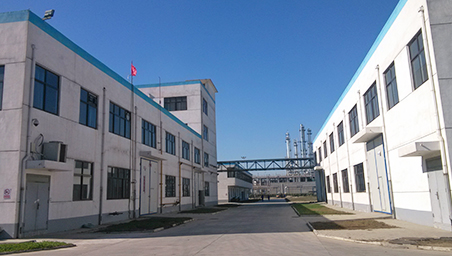
News
Nov . 14, 2024 05:44 Back to list
edta citric acid chelating agent
Exploring EDTA and Citric Acid as Chelating Agents
Chelating agents are compounds that can form multiple bonds with a central metal ion, effectively grabbing it and rendering it soluble in water. Among the most widely recognized chelating agents are Ethylenediaminetetraacetic acid (EDTA) and citric acid. Both of these agents play a crucial role in various fields, including chemistry, agriculture, medicine, and environmental science. This article explores the characteristics, applications, and environmental implications of EDTA and citric acid as chelating agents.
EDTA The Versatile Chelator
EDTA is a synthetic compound known for its strong ability to bind with metal ions. It contains four carboxylic acid groups and two amine groups, providing multiple sites for coordination with metals. EDTA is especially effective in sequestering divalent and trivalent metal ions, such as calcium, magnesium, iron, and lead. Due to its high stability constant, EDTA forms very stable complexes with metal ions, making it useful in a variety of applications.
In medical settings, EDTA is often employed in chelation therapy to treat heavy metal poisoning. By binding to toxic metals in the bloodstream, EDTA facilitates their excretion through urine, thereby reducing their harmful effects on the body. Furthermore, EDTA is used in various industrial processes, such as in the cleaning of metal surfaces, preventing metal ion interference in chemical reactions, and in the stabilization of solutions in cosmetics.
However, the widespread use of EDTA raises environmental concerns. It is relatively persistent in the environment and can disrupt aquatic ecosystems by binding essential trace metals. As a result, there has been an increasing interest in finding more environmentally friendly alternatives to EDTA.
edta citric acid chelating agent

Citric Acid A Natural Chelating Agent
Citric acid, a weak organic acid naturally found in citrus fruits, serves as a milder and more environmentally friendly alternative to EDTA. It contains three carboxylic acid groups, allowing it to effectively chelate metal ions, albeit with lower stability compared to EDTA. Citric acid is often used in food preservation, cosmetics, and pharmaceuticals due to its non-toxic nature and biodegradability.
In agricultural applications, citric acid acts as a chelating agent to enhance the bioavailability of essential nutrients, such as iron and zinc, in the soil. By forming complexes with metal ions, citric acid helps in preventing nutrient deficiencies in crops, ultimately improving yield and quality. Additionally, citric acid’s ability to chelate heavy metals makes it useful in remediating contaminated soils, as it can mobilize these metals for safe removal.
Comparative Benefits and Challenges
While both EDTA and citric acid serve as effective chelating agents, they come with distinct advantages and challenges. EDTA is ideal for scenarios requiring strong binding to metal ions, making it suitable for medical and industrial applications. Conversely, citric acid offers a safer and biodegradable option, making it preferable in agricultural practices and in applications where environmental impact is a concern.
In conclusion, the choice between EDTA and citric acid as chelating agents depends on the specific requirements of the application in question. As society moves toward more sustainable practices, the use of natural alternatives like citric acid is gaining traction, prompting research into new formulations that maintain efficacy while minimizing environmental hazards. Understanding the unique properties of these chelating agents is essential for making informed decisions in various fields, from agriculture to medicine and beyond.
-
Polyaspartic Acid Salts in Agricultural Fertilizers: A Sustainable Solution
NewsJul.21,2025
-
OEM Chelating Agent Preservative Supplier & Manufacturer High-Quality Customized Solutions
NewsJul.08,2025
-
OEM Potassium Chelating Agent Manufacturer - Custom Potassium Oxalate & Citrate Solutions
NewsJul.08,2025
-
OEM Pentasodium DTPA Chelating Agent Supplier & Manufacturer High Purity & Cost-Effective Solutions
NewsJul.08,2025
-
High-Efficiency Chelated Trace Elements Fertilizer Bulk Supplier & Manufacturer Quotes
NewsJul.07,2025
-
High Quality K Formation for a Chelating Agent – Reliable Manufacturer & Supplier
NewsJul.07,2025
